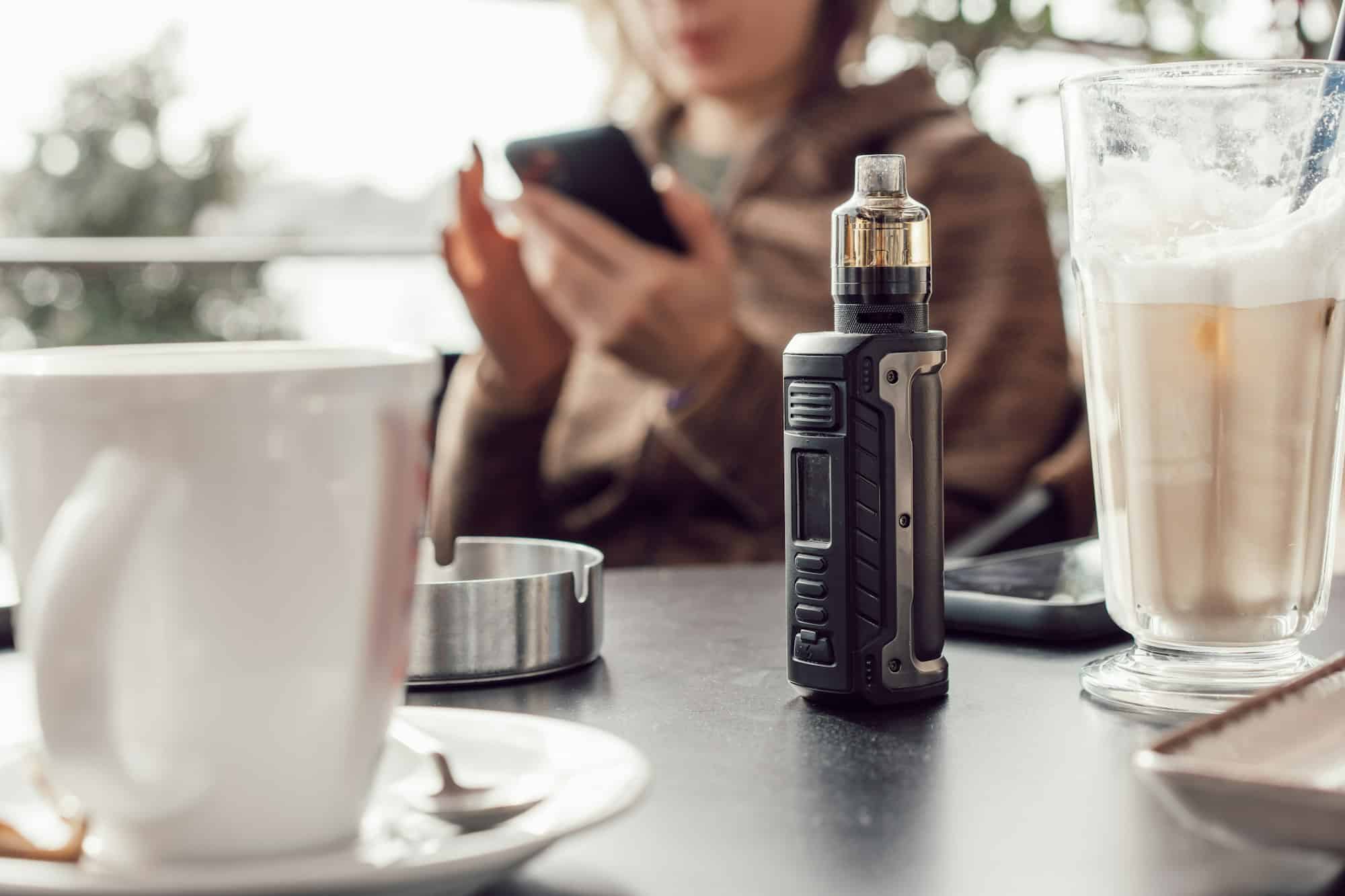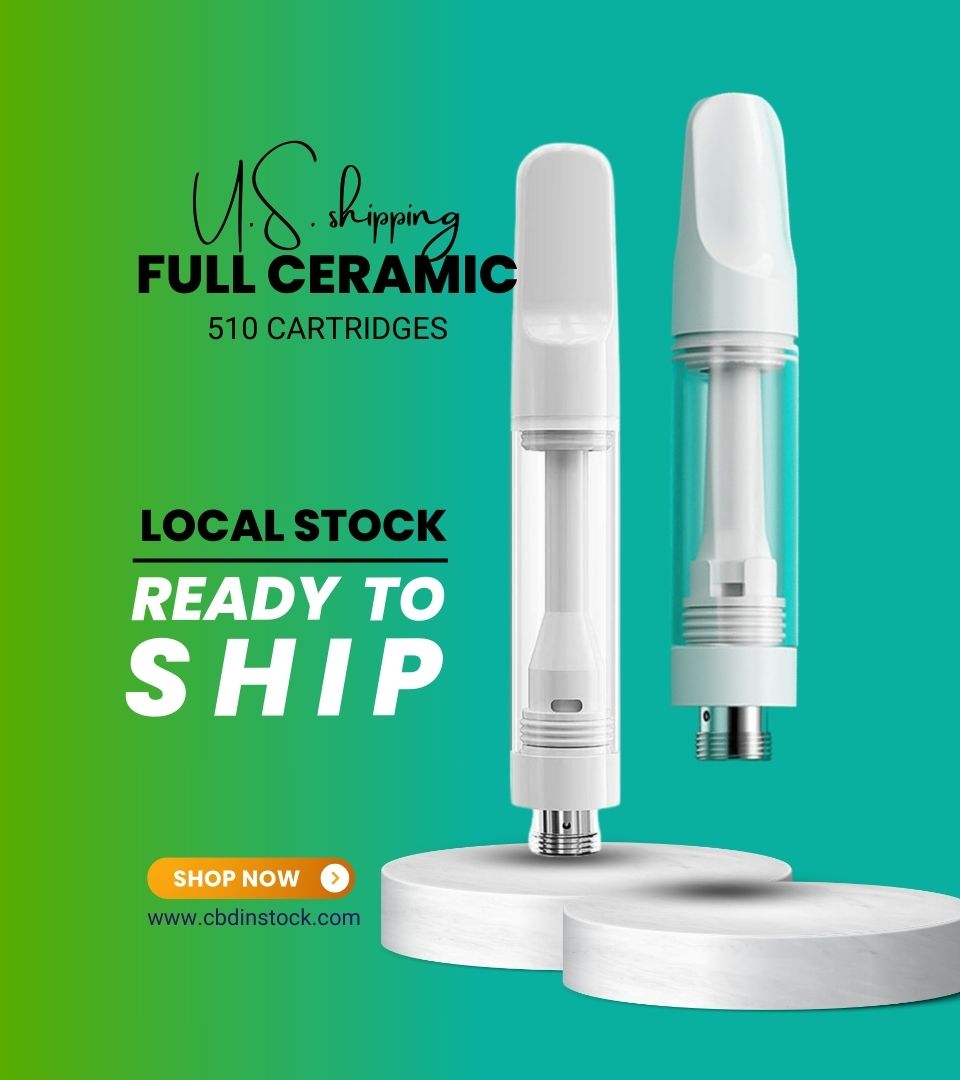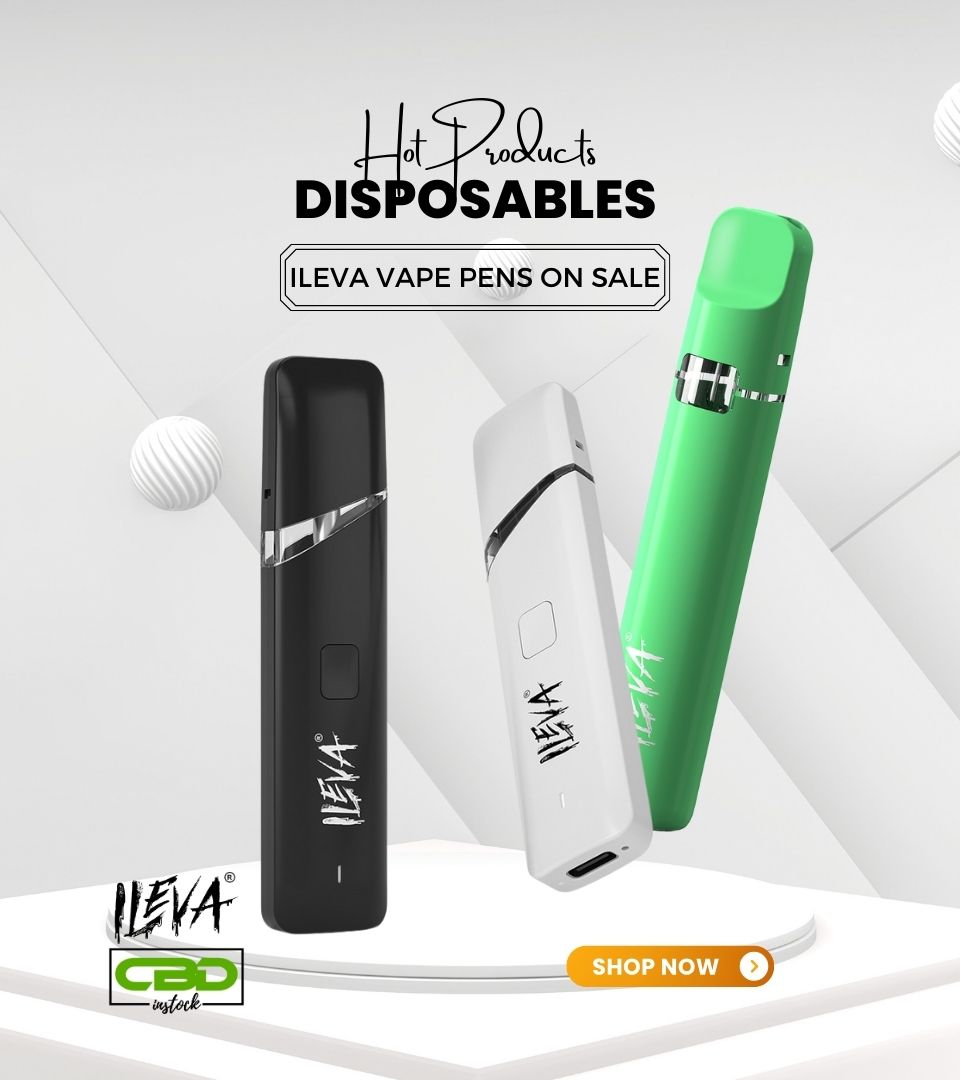
The Art of Crafting Full Ceramic Cartridges: Behind the Scenes of Manufacturing

Full ceramic cartridges have become a popular choice among cannabis enthusiasts, praised for their durability, purity, and exceptional flavor preservation. But what goes into crafting these high-quality vaping devices? This article takes you behind the scenes of the manufacturing process of full ceramic cartridges, revealing the meticulous steps and innovative techniques that ensure these cartridges deliver a superior vaping experience.
The Importance of Full Ceramic Cartridges
Before diving into the manufacturing process, it’s essential to understand why full ceramic cartridges are highly regarded:
- Durability: Ceramic materials are robust and resistant to cracking, which enhances the longevity of the cartridges.
- Purity: Unlike metal or plastic, ceramic does not react with the oils, ensuring a pure and clean flavor.
- Heat Resistance: Ceramic can withstand high temperatures, making it ideal for consistent vaporization without degrading the oil.
Raw Materials: Selecting the Right Ceramics
The first step in crafting full ceramic cartridges is selecting high-quality ceramic materials. Manufacturers typically use alumina ceramics, known for their high thermal conductivity and electrical insulation properties. These materials are sourced from reputable suppliers to ensure consistency and reliability.
Precision Engineering: Designing the Cartridge
The design phase involves creating precise blueprints for the cartridge components. This stage requires advanced engineering software to model the dimensions and tolerances of each part. Key components include:
- Mouthpiece: Shaped for ergonomic comfort and optimal airflow.
- Heating Element: Integrated within the ceramic to provide even heat distribution.
- Oil Chamber: Designed to hold a specific volume of cannabis oil, ensuring efficient wicking and vaporization.
Molding and Shaping: Crafting the Components
Once the design is finalized, the ceramic material is molded into the desired shapes. This process involves:
- Injection Molding: Ceramic powder is mixed with a binding agent and injected into molds under high pressure.
- Sintering: The molded parts are heated to high temperatures in a kiln, causing the ceramic particles to fuse together, creating a solid and durable structure.
Quality Control: Ensuring Precision and Consistency
After molding and sintering, each component undergoes rigorous quality control checks. This includes:
- Dimensional Inspection: Using precise measuring tools to ensure each part meets the design specifications.
- Visual Inspection: Checking for any surface defects or imperfections.
- Functionality Testing: Ensuring that the heating element and airflow mechanisms work correctly.
Assembly: Bringing the Cartridge Together
The final step is assembling the individual components into a complete cartridge. This process involves:
- Joining Components: Using high-temperature adhesives to bond the mouthpiece, heating element, and oil chamber.
- Sealing: Ensuring that the cartridge is airtight to prevent oil leakage and maintain purity.
- Filling: Carefully filling the oil chamber with cannabis oil, ensuring no air bubbles are trapped.
Testing and Packaging: Final Quality Assurance
Before the cartridges are packaged and shipped, they undergo final testing to ensure they meet performance standards. This includes:
- Leak Testing: Ensuring there are no leaks when the cartridge is filled and inverted.
- Draw Resistance Testing: Checking that the airflow is smooth and consistent.
- Vapor Production Testing: Verifying that the cartridge produces adequate vapor at various temperature settings.
Once the cartridges pass all tests, they are packaged in protective materials to prevent damage during shipping. Each batch is labeled with tracking information for traceability and quality assurance.
Conclusion
Crafting full ceramic cartridges is an intricate process that combines advanced materials science, precision engineering, and meticulous quality control. The result is a high-performance, durable, and pure vaping device that enhances the cannabis consumption experience. By understanding the behind-the-scenes efforts involved in manufacturing these cartridges, consumers can appreciate the craftsmanship and innovation that go into each puff.
Recent Posts



Exploring the Unique Benefits of Delta-9 THCP: The Future of Vaping

Vape Vision: Your Ultimate Source for the Best Vape News
Don't miss the deals
Don’t miss out on our exclusive deals! Subscribe now to get the latest promotions and special offers delivered straight to your inbox. Stay ahead and save big on your favorite products. Subscribe today and never miss a deal again!
NEWSLETTER
Signup & Don't Miss Out
Sign up now and stay in the loop! Don’t miss out any on exclusive discounts, exciting new product launches, and special promotions. Subscribe today to be the first to know and take advantage of our latest offers! Free samples may apply!!!





